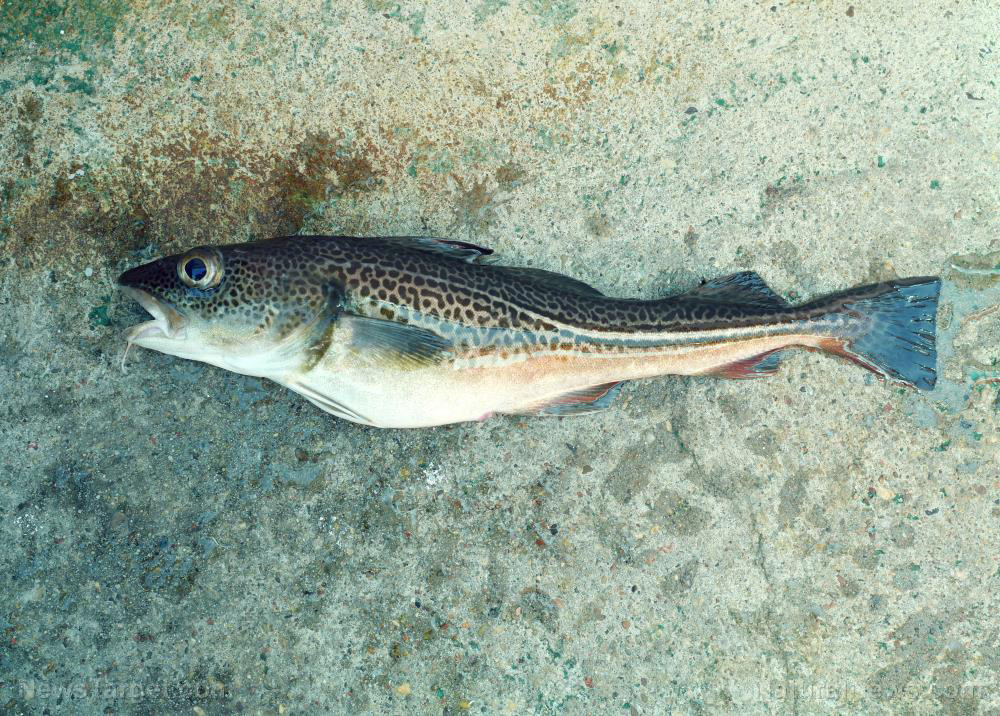Cesium levels double at Fukushima while a Buddhist plants flowers to adsorb toxic radiation
12/31/2015 / By Greg White

A study examining measurements taken from forests 60 to 120 kilometers away from the crippled Fukushima Daiichi power plant revealed that cesium levels doubled in 2013.
Samples taken in June 2012 showed that half the sampled leaves had 26.000 bequerels per kilogram. One year later, samples taken in June 2013 showed that over half the leaves had 42.000 bequerels per kilogram. Soil samples reflect the tapestry of the Earth’s surface up to a depth of ten centimeters, which increased from about 721 to 3.000 bequerels.(1)
The increase is most likely a corollary of the Fukushima power plant spewing toxic radiation into the air and sea. The radioactive debris accumulates in the foliage of trees, which causes a spike in mutation rates.
Soil infested by contaminated tree limbs
According to a study conducted in the Miyagi Prefecture, radioactive isotopes continue to infest the soil as a consequence of decomposition of fallen leaves from contaminated trees. The study demonstrates that forest zones are more likely than other regions to be impacted by the emission of radioactive debris, and underlines the challenge of decommissioning the area.
Scientists are hesitant to speak about the severity of the Fukushima catastrophe. Revealing unauthorized information about the facility is a criminal offense with a sentence of up to ten years in prison.(2)
The accumulated nuclear debris has caused an increase in the mutation rates of fir trees and other animals, according to Japanese researchers who are disinclined to speak about what people who live 100 kilometers from the power plant can expect. The Japanese government’s desire to resettle populations to de-contaminated villages is a particularly polarizing issue in the country.
According to the Japanese government, a village is considered decontaminated if the land inside the village and the land a few hundred meters outside the village have been decontaminated by topsoil removal.
This isn’t the first time the morphological defects of genetic mutations, coupled with nuclear fall out, have manifested at the Fukushima site. In May and June of 2015, a Japanese citizen posted pictures of mutated yellow daisies in Nasushiobara City, 70 miles from the Fukushima site, which spread like wildfire on social media.(2)

And in 2013, the Daily Mail compared pictures of mutated vegetables and fruit from Fukushima to normal vegetables and fruit. The pictures reveal four oranges conjoined to a single steam, a cabbage four times larger than its typical size and a tomato with tumors latched to its skin. The photographs didn’t just compare apples to oranges — they compared mutated apples to non-mutated oranges.(3)
Although the Fukushima power plant has contaminated neighboring plants, flowers could be used to save the prefecture. In fact, such a project is already underway.
Flower power
In May, a Buddhist monk named Koyu Abe launched a project called Make a Wish Upon Flowers, which set out to plant sunflower seeds, field mustard, amaranthus and cockscomb throughout Fukushima to adsorb the radiation.(4)
Abe pursued the project in order to help those who have to live near the Fukushima power plant. Some people were able to evacuate the area after the disaster, whereas elderly people living in nursing homes had no choice but to stay. Nearly 2 million people live in the prefecture. Abe hopes to plant 20 million flowers by the end of the year.(4)
Back in October 2015, Abe’s project had reportedly grown 200,000 flowers. They also distributed seeds throughout the area. Through these efforts, Abe estimated eight million flowers had been planted in the Fukushima Prefecture.(4)
The Fukushima Daiichi site is a land infested by radiation. Nuclear waste spewing from the power plant will continue to accumulate in the surrounding area. Nature was in part responsible for the destruction of the nuclear facility. In an ironic twist of fate, however, it seems that it may also be the one to help decommission the site.
Sources include:
(1) NSNBC.me
(2) NSNBC.me
Submit a correction >>
Tagged Under:
Fukushima, Koyu Abe, Make a Wish Upon Flowers, nuclear radiation
This article may contain statements that reflect the opinion of the author
RECENT NEWS & ARTICLES
COPYRIGHT © 2017 FUKUSHIMAWATCH.COM
All content posted on this site is protected under Free Speech. FukushimaWatch.com is not responsible for content written by contributing authors. The information on this site is provided for educational and entertainment purposes only. It is not intended as a substitute for professional advice of any kind. FukushimaWatch.com assumes no responsibility for the use or misuse of this material. All trademarks, registered trademarks and service marks mentioned on this site are the property of their respective owners.




















